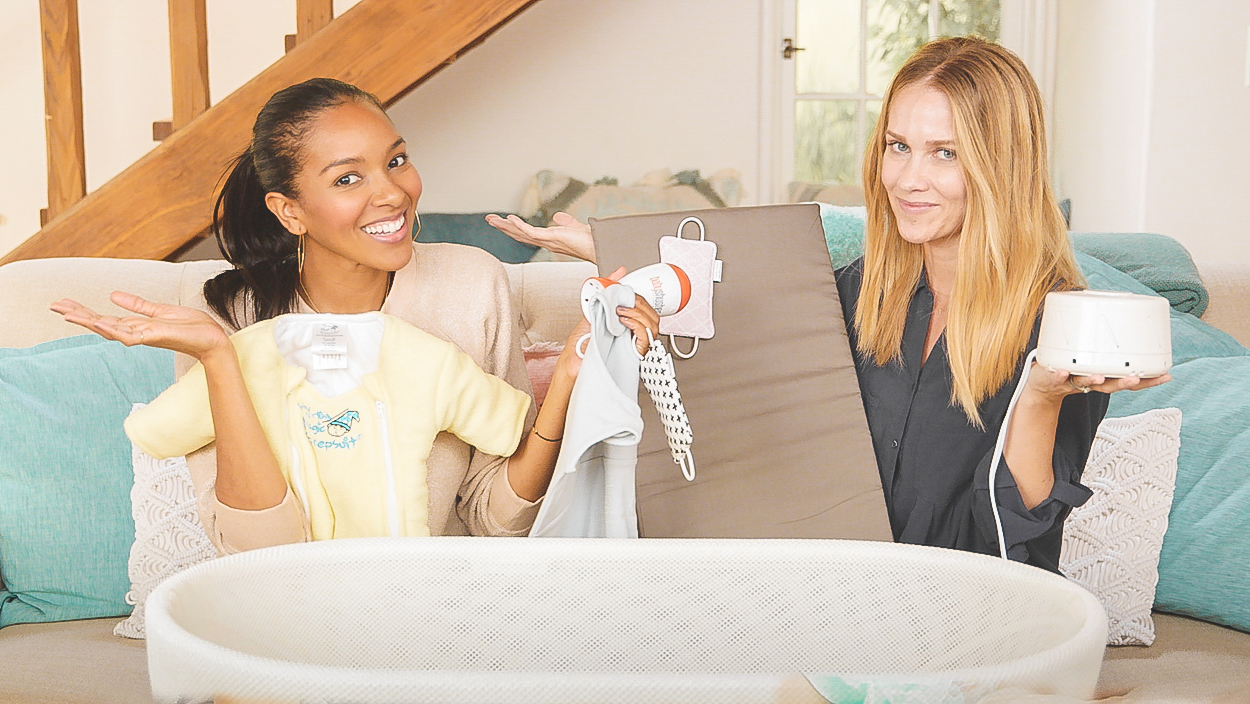Approved by the What’s Up Moms Medical Advisory Board
Suddenly fellow moms from baby group are talking about how their angelic babies are sleeping through the night. “We’re so lucky,” the moms say with a well-rested shrug of the well-rested shoulders. “He’s just a really good sleeper!”
If this is you, awesome. If you’re not quite there, read on.
PLEASE take comfort in the fact that many babies are not sleeping through the night at this age. Developmentally they may be ready to do so, but most babies still need an assist from you in the form of a little sleep education. That is, they need you to teach them how to sleep.
Some parents opt not to sleep train at all. Others explore the various sleep training methods and choose what feels like a fit (research shows that all the methods can work, so long as parents are consistent).
At their core, though, the different approaches all stress the same thing: the importance of baby eventually learning how to self-soothe and fall asleep independently. So whichever route you go, this is your starting point. Think about it: if baby always falls asleep on your boob or rocking in a swing or being bounced in your arms, when she wakes between sleep cycles, she’s going to want that same stimulation. In fact, she’ll need it. In any case, you may have heard the phrase “cry it out,” but know that sleep training doesn’t necessarily mean “cry it out.” Some methods involve letting baby cry some, other methods are no-cry, and then there those that are in between. It’s a spectrum.
A good place to start is to break disruptive sleep associations: nursing baby to sleep, letting her sleep on you, and rocking/ swinging/ strollering or otherwise cajoling her to sleep. The goal is stationary, solo sleep, and once baby acquires this skill, she’ll be able to use it at bedtime and whenever she wakes during the night. This skill lays the foundation for full sleep training.
And once you get the pediatrician’s green light, you can embark on full sleep training, AKA night weaning. It’s a personal choice as to when or if you do this, but in our experience, doing it sooner rather than later means you won’t butt up against other milestones — like standing, or teething — that can complicate baby’s sleep learning. So if you’ve got a window of time when baby’s healthy and there are no travel plans on the horizon, go for it. Whatever you do, be consistent.
Our two cents: No need to wait ‘til you hit rock bottom to sleep train. It’s usually not nearly as torturous as parents expect. Give baby a chance to learn – she may well be a receptive student.
Now go seize the day. Or the night, as it were.









